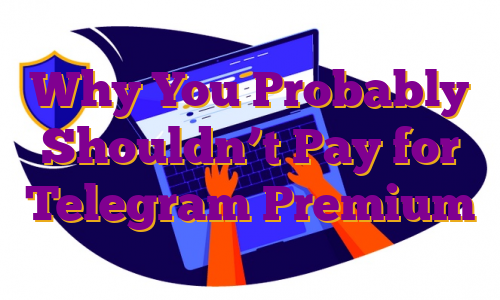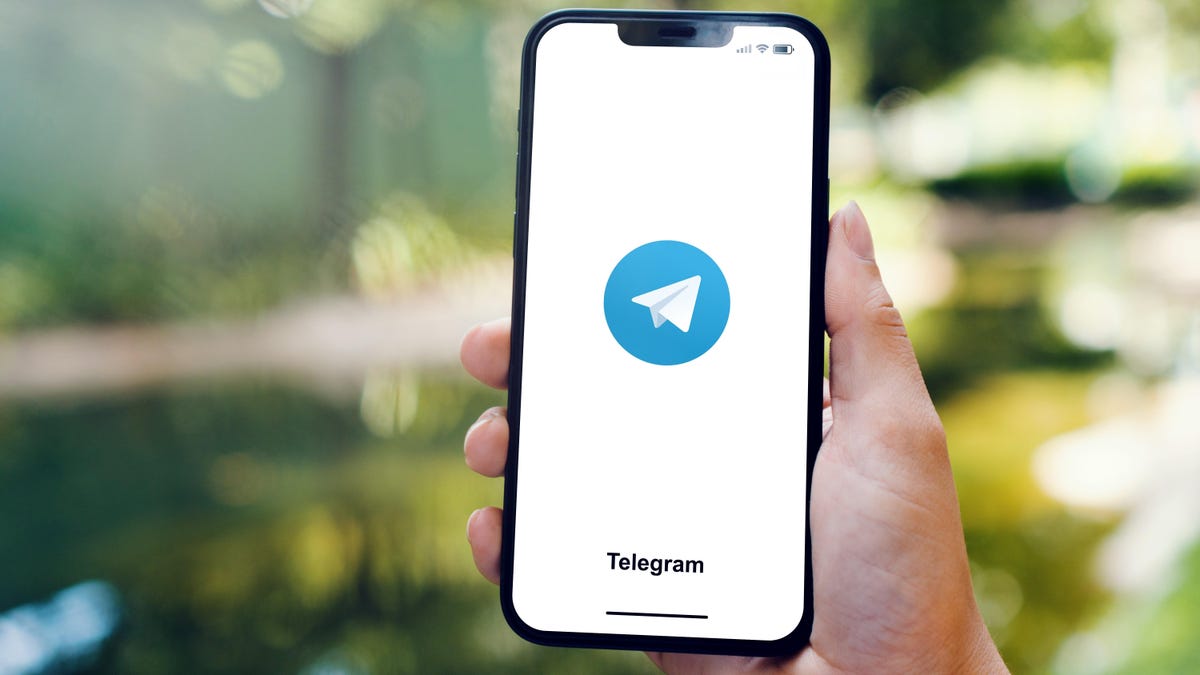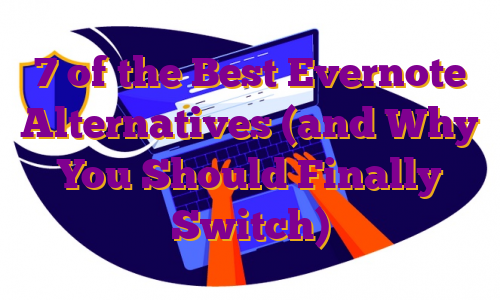Russia has tightened its control over its internet. Authorities have blocked access to Meta-owned Facebook and restricted access to Twitter.Nurphoto | Getty ImagesRussians are turning to virtual private networks to bypass the country’s tightening internet controls following the invasion of Ukraine.VPNs can mask an internet user’s identity and location to help them access blocked websites and services.The top 10 VPN apps in Apple’s App Store and Google Play Store in Russia collectively saw nearly 6 million downloads between Feb. 24, the day the invasion began, to March 8, according to data from SensorTower compiled for CNBC.This was up 1,500% when compared with the top 10 VPN apps in the previous 13-day period. Russia’s internet has been subject to censorship for years, though major U.S. platforms like Facebook, Twitter and Google have been freely available, unlike in China where they are completely blocked. These companies however have operated under the threat of being blocked, especially if they host content that is perceived to be critical of the Kremlin.But President Vladimir Putin has looked to tighten his grip on the internet more recently. In 2019, Russia enacted the “sovereign internet” law giving authorities wide-ranging powers to try to disconnect its internet from the rest of the world. At the time, Russia said the law was designed to enhance its protection against cyberattacks.As the invasion continues, Russia is looking to further restrict access to foreign internet platforms. Meta-owned Facebook was blocked on March 4, while access to Twitter is restricted.On March 5, demand for VPNs surged more than 10 fold above the average, according to Top10VPN, a review and data website.”As various companies have begun restricting access to their products in Russia, VPN apps have experienced a surge in adoption in the market as Russian users attempt to bypass these restrictions,” a SensorTower spokesperson told CNBC via email.”The installs of VPN apps will likely continue to climb as restrictions continue ramping up. At the moment, marketplaces such as Apple’s App Store and Google Play are still available — however, that may very well change in the future.”VPN company Surfshark said its weekly sales in Russia increased by 3,500% since Feb. 24, with the most significant spikes recorded on March 5 to March 6 when Facebook was blocked.”Such a rapid surge means that people living in Russia are actively looking for ways to avoid government surveillance and censorship,” a Surfshark spokesperson told CNBC.Meanwhile, Twitter has launched a version of its website on Tor, a service that encrypts internet traffic to help mask the identity of users and prevent surveillance on them.While Russia has moved to block services, a growing list technology companies have decided to suspend operations in the company.This month, Netflix and Apple are among a long list of technology companies that have suspended sales or services in Russia. .
Why You Probably Shouldn’t Pay for Telegram Premium
Photo: Diego Thomazini (Shutterstock)No free service remains free forever. For some apps, such as Instagram, advertising pays the price of your admission—and you’ll likely see more ads the longer the service has been around. Others eventually try to get their users to pay a subscription fee. Telegram, the popular messaging app that competes with WhatsApp, has taken the latter route.
Telegram Premium is a paid subscription targeted at Telegram’s most dedicated users. It adds features such as increased limits for file sizes and groups, dedicated stickers, and verification badges for paid members. However, none of those features will make a difference to people who use Telegram as a messaging app, rather than something more like a Discord server. Telegram is trying to target a small section of its user base to fund its server and developer costs, and most people are better off not paying for the service. Here’s why.The best features of Telegram Premium (and why you don’t need them)
Telegram has a very generous free tier that lets you chat, upload files up to 2GB, and create groups of up to 500 people. Telegram Premium lets you upload files as large as 4GB, create groups of up to 1,000 members, and connect six different phone numbers to your account. Those added features are nice to have, but it’s clear the free tier is good enough for almost everyone.
A paid subscription also doubles a few other limits that will only be helpful for those who practically live inside Telegram. For example, the premium tier bumps up the number of chat folders to 20 (from 10), lets you store 200 chats per folder (up from 100), save up to 400 gifs to your account (as opposed to 200), and lets you reserve 20 public links (up from 10).A legitimately great feature for paid Telegram enthusiasts is the removal of download speed limits within the app. You could theoretically use this as an opportunity to stop using WeTransfer or another cloud storage service in favor of Telegram. The big draw for many will be the ability to better manage your chats. Telegram Premium’s chat management features let you hide chats from people who aren’t in your contact lists and automatically archive chats from people who spam you. (That said, Telegram’s free tier allows you to automatically delete chats, too.)Telegram Premium will also allow you to transcribe incoming voice messages quickly, but only certain languages are supported.Otherwise, you get a profile badge to brag to others that you’re giving Telegram money, unique emoji reactions, animated profile pictures, and premium stickers. Still, if one premium user adds a unique emoji reaction to a message, those on the free tier can tap it to “use” the reaction too, and the free version of the app already includes a ton of stickers.
How much does Telegram Premium cost and should you get it?Telegram Premium costs $5 per month, and you can subscribe from the app on all platforms. Based on the feature set that Telegram is offering at the moment, though, most people shouldn’t consider it.You will be able to continue using Telegram for free, and the ads in Telegram are so few that most of its users won’t be seeing them anyway. In short, the free tier is good enough for almost everyone.If you’re a dedicated Telegram user who hosts large groups and uses the app to send files all the time, then the paid subscription offers a good value. If nothing else, its chat management features alone are worth the asking price—the ability to automatically archive and hide chats is great if you are a heavy use. But at its current price, Telegram Premium is only worth it for a small subset of its user base. If you aren’t sure if that’s you, it probably isn’t.
.
7 of the Best Evernote Alternatives (and Why You Should Finally Switch)
Don’t think of OneNote as something that’s only for Windows users. Like many Microsoft apps, OneNote feels right at home on iPhone, Macs, and Android phones. There’s a pretty good web app, and a web clipper.
When it comes to platforms and support, OneNote is just as omnipresent as Evernote. And the free plan isn’t so bad either. You get access to features like audio notes, image attachments, reminders, tags, collaboration, OCR, and more, without paying a dime. And if you do pay for Microsoft 365, you get access to extra features like Math Assistant, Researcher, and more. But for most users, that isn’t necessary.OneNote storage is included with OneDrive, so you get 5GB for free, and you can upgrade to 100GB for $1.99/month. The only downside is the potential adjustment period. OneNote works quite differently from Evernote. OneNote organizes notes in sections, and the notes can be edited free-form. But once you get used to it, it’s smooth sailing. .






